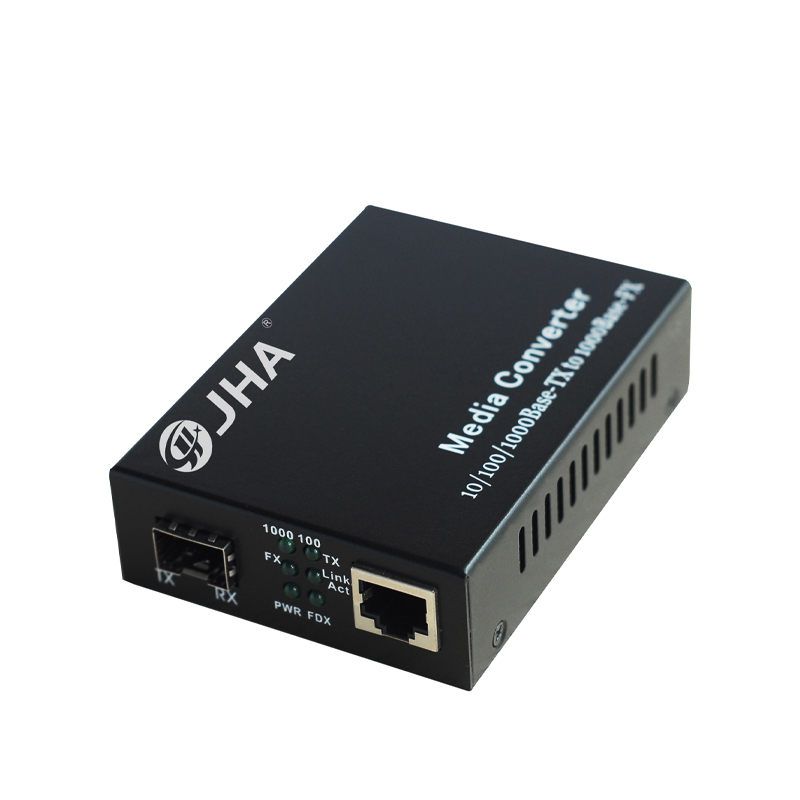For optical fiber transceivers, the main function of the transceiver is to extend the network transmission distance, which can alleviate the defect that the network cable cannot transmit long-distance to a certain extent, and bring convenience to the last kilometer transmission, but for those who are new to the transceiver Some of the most common mistakes are made by humans, such as the indistinguishability of the transmitting end and the receiving end of a fiber optic transceiver. Why are fiber optic transceivers divided into transmitter and receiver? Can the A/B end of the fiber optic transceiver be connected casually?
The ab end of the fiber optic transceiver should be the transmitting end (a end) and the receiving end (b end). The reason why the transceiver is divided into the transmitting end and the receiving end is that the transceiver needs to transmit the signal bidirectionally when it is in use, usually in pairs. More people use single-fiber transceivers in the market; The two ends of the single-fiber transceiver are the A-end and the B-end respectively. The wavelengths at these two ends are different. The wavelength of the transmitting end is shorter than that of the receiving end. In fact, the dual-fiber transceiver does not have the A and B ends, because the wavelengths at both ends are the same. Only when connecting the TX (transmitting) end and the RX (receiving) end, a single fiber, as the name suggests, is an optical fiber, and some professionals call it a single-core transceiver, which refers to the sending and receiving of signals at both ends on one optical fiber, because in single-mode The optical module used inside the single-fiber transceiver has two wavelengths of emitted light, while the dual-fiber is cross-connected by two optical fibers, and the internal optical film block has only one wavelength.
Optical fiber transceivers are divided into single-mode dual-fiber optical fiber transceivers and single-mode single-fiber optical fiber transceivers according to the number of fiber cores. The single-mode single-fiber transceiver is transmitted through a core optical fiber, so both the transmitted and received light are transmitted through one optical fiber core at the same time.In this case, to achieve normal communication, two wavelengths of light must be used to distinguish. Therefore, the optical module of the single-mode single-fiber transceiver has two wavelengths of light, generally 1310nm/1550nm, and the long distance is 1490nm/1550nm. In this way, there will be differences between the two ends of the interconnection of a pair of transceivers, and one end of the transceiver will be different. Transmit 1310nm and receive 1550nm. The other end is to transmit 1550nm and receive 1310nm. So it is convenient for users to distinguish, and letters are generally used instead. Then there is the a-end (1310nm/1550nm) and the B-end (1550nm/1310nm). Users must use ab pairing. Aa or bb connections are not allowed.
Post time: Jul-21-2022






